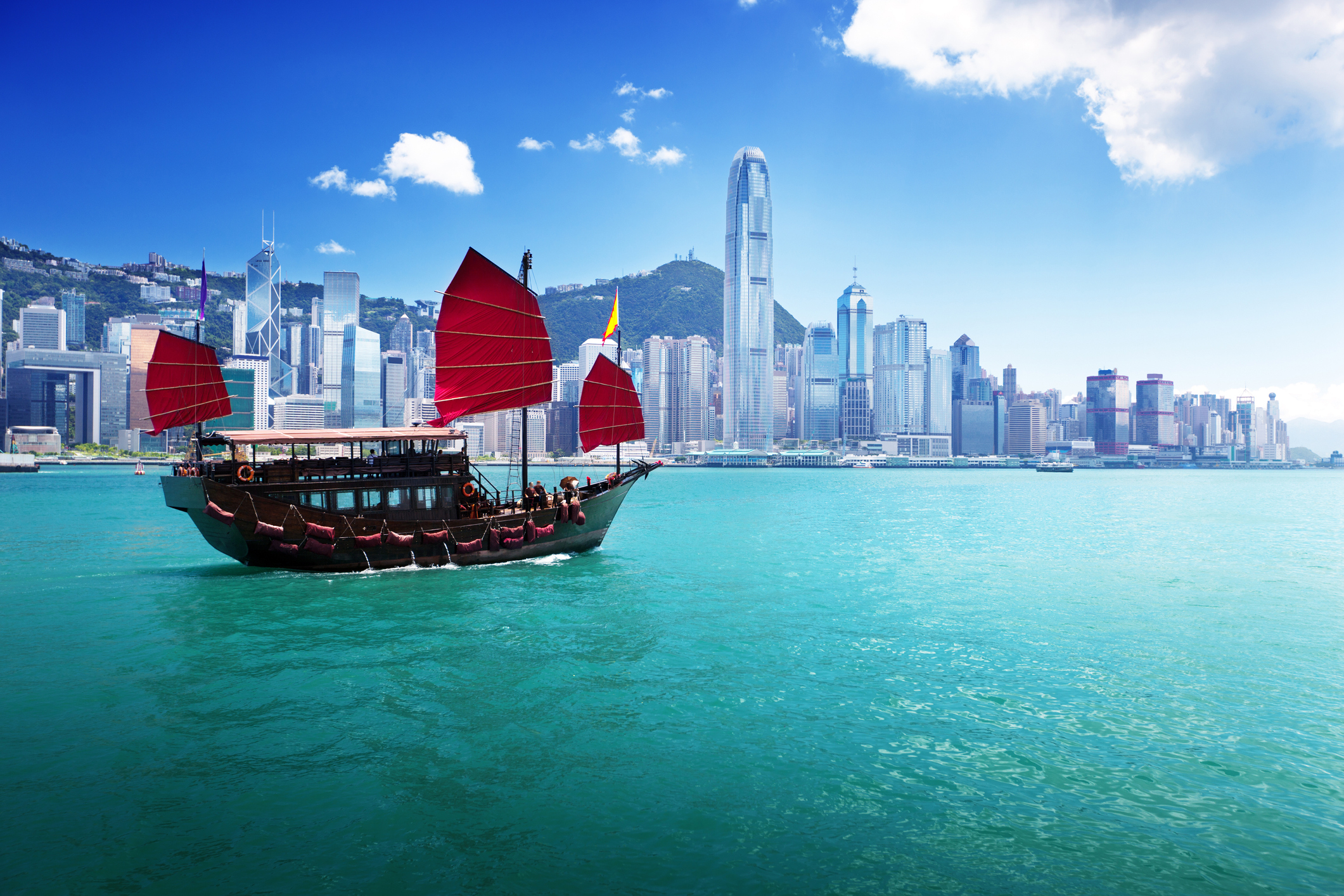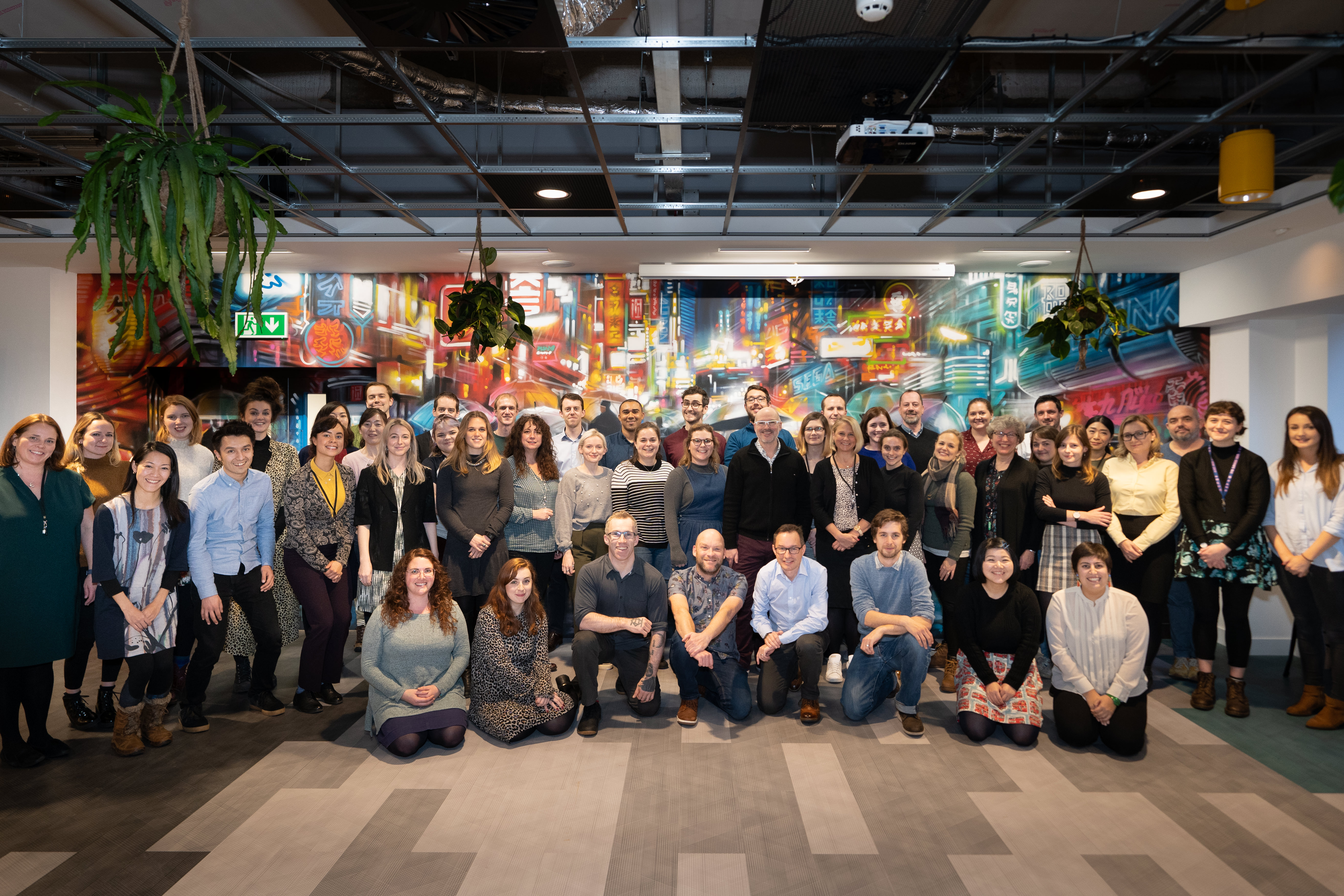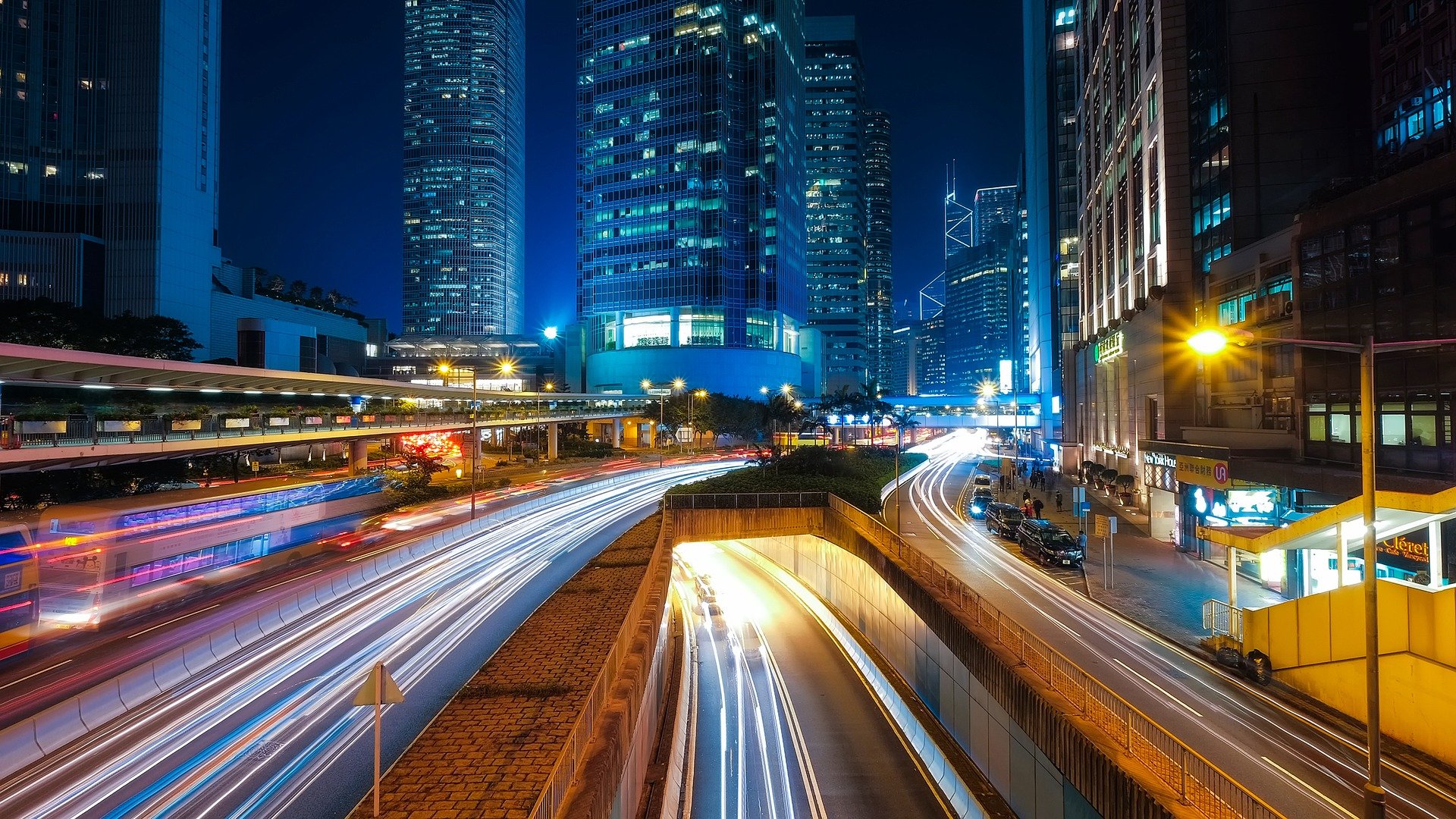
Our lowdown on Hong Kong
What is Hong Kong? Is it a city? A country? A province of China? Or something else entirely? For all its noisy presence on the world stage, Hong Kong is surprisingly difficult to pin down.
Recent protests against the encroachment of mainland authority have revealed fissures in Hong Kong society between those who lean toward their Chinese roots on the one hand, and those who fear the loss of their civil liberties on the other. But what does the future actually hold for Hong Kong? And what does all this mean for visitors to the region today?
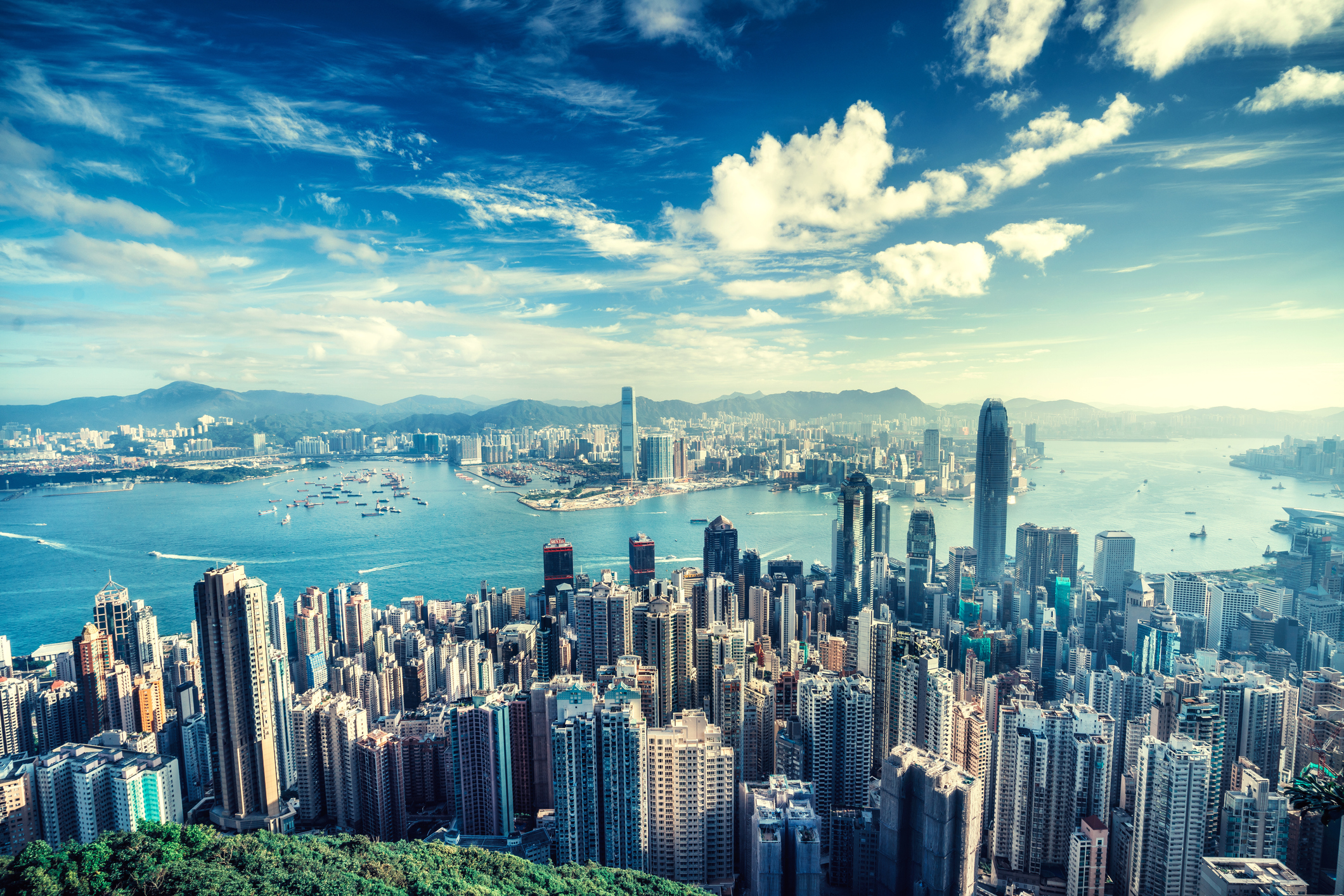
The answer, as usual, is complicated. After using Hong Kong to channel opium into China and destabilize a millenia-old civilization, the UK’s withdrawal in 1997 — leaving a 50-year grace period before China resumes full control — has left Hong Kong neither here nor there; neither truly independent nor fully Chinese. Officially, it is a special administrative region of China, operating with its own executive, legislative and judicial powers under the famous “one country, two systems” dictum. Unofficially, as many Hongkongers will tell you, it is absolutely, resolutely not Chinese.
Is the ongoing friction between Hong Kong and China any cause for concern? If you care about free speech and democracy, yes. Very much so. But if you’re worried about your personal safety when traveling to Hong Kong, don’t be. Though there has been some violence during the protests, it has been limited to clashes between police and protesters. For the most part, the demonstrations have been peaceful and contained, making them easy to avoid — while the rest of Hong Kong does what it does best and gets on with business.
Hong Kong is one of those places that everybody thinks they know.
Hollywood’s go-to exotic locale since at least as far back as The World of Susie Wong in the 1950s, Hong Kong was the original East-meets-West entrepôt par excellence, and its culture has been seeping into the Western consciousness for decades. Japan and South Korea may be the Asian soft power leaders of today, but Hong Kong paved the way: its thriving film industry filling our screens with kung fu flicks and triad shoot-em-ups, while nostalgic postcolonial memoirs and novels by Le Carré, Ludlum and Clavell filled our bookshelves with equal parts grit and glamour.
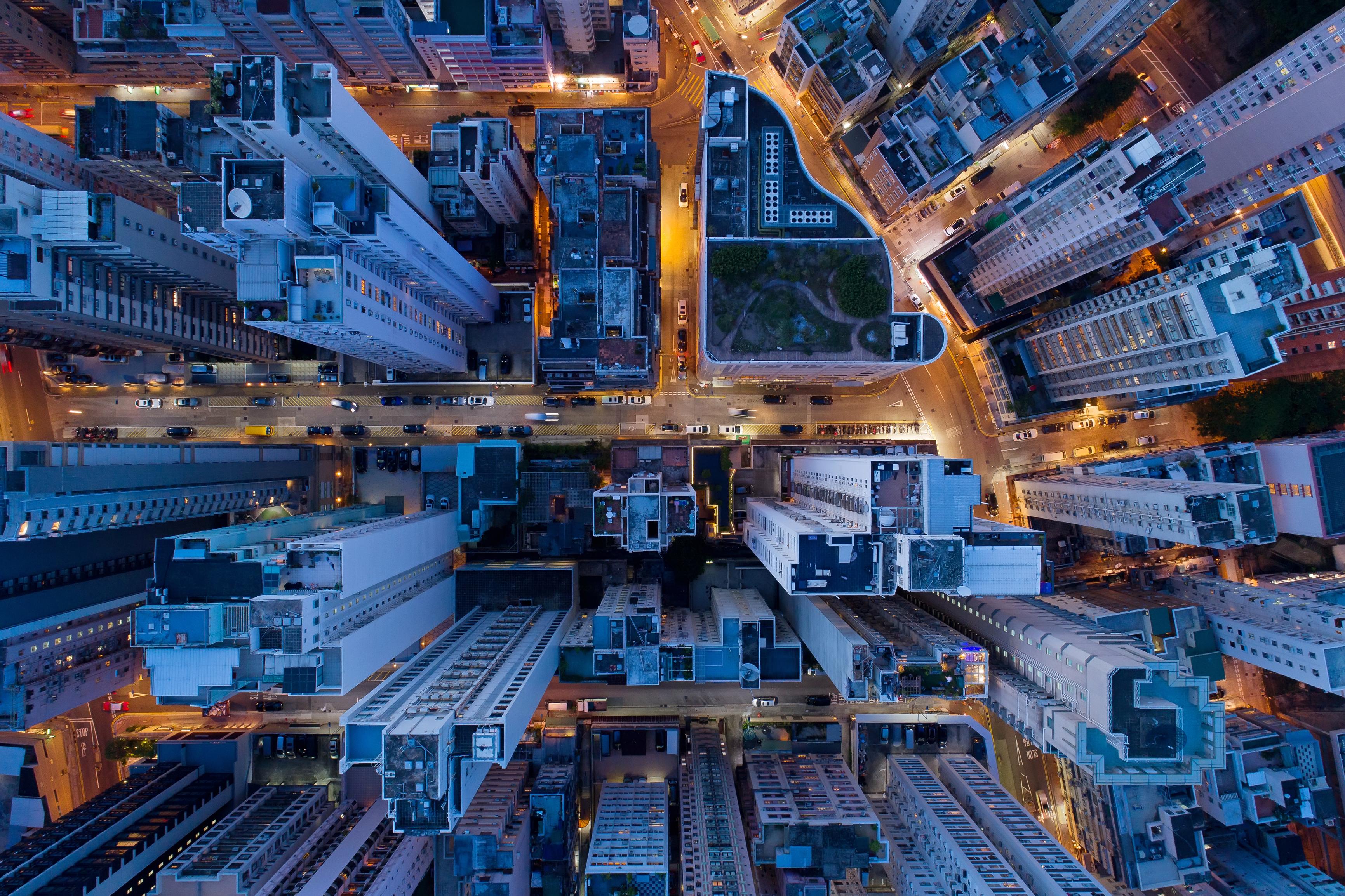
So much of our pop culture DNA can be traced back to Hong Kong. It’s no exaggeration to say that without Bruce Lee and Wong Kar-wai there would be no Quentin Tarantino, and that without John Woo and Jackie Chan there’d be no Jason Bourne, no John Wick, no Craig-era James Bond. It was an adaptation of a Hong Kong movie (Infernal Affairs) that finally won Scorsese his first Oscar for The Departed, and it was a Hongkonger, Sir Charles Kao, who invented the fiber-optic broadband on which you’re reading this today. Hong Kong’s skyscrapers have become the shorthand for a futuristic city — appearing in The Dark Knight, Ghost in the Shell, Transformers and Pacific Rim, to name just a few.
It’s unsurprising, therefore, that the of Hong Kong of Western imagination is the Hong Kong of the movies: sleek and modern on the surface; a seedy underbelly crawling with triad gangsters and red-light districts underneath. Its streets are drenched in neon and suffused with the steam from dim sum carts. It’s the site of brash materialism, urban alienation and the ultra-wealthy — but also of lush and poetic romances, irrepressible creativity and a fierce independent streak. Know where to look and you really can find all of this in Hong Kong today — but you can also find so much more.
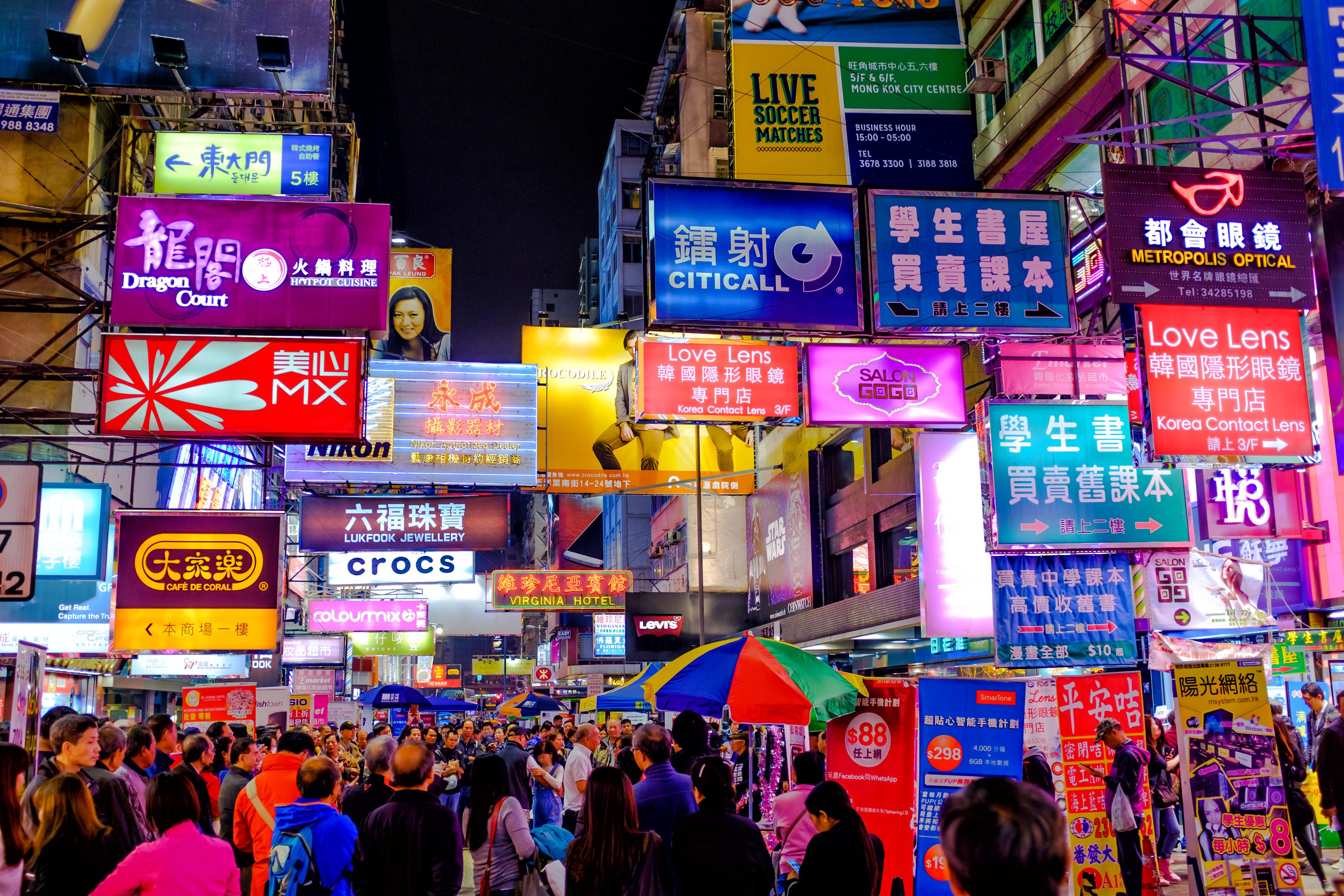
For a start, it’s a common misconception that Hong Kong is all city. In fact, something like 70-80% of Hong Kong’s 1,100 sq km territory is rural.
Rolling, green hills cloaked in bamboo groves and woodland, flat wetlands teeming with rare birds and aquatic life, craggy coastlines and islands riddled with caves, Bronze Age rock carvings and timewarp fishing villages. Most of Hong Kong never saw a skyscraper in its life.
In the hills of the New Territories you’ll find walled villages built by Hong Kong’s Five Great Clans to defend against marauding pirates. On its outlying islands you’ll find abandoned lime kilns, UNESCO-protected geological parks, and tiny communities that still run entirely on generator power. Lantau Island, the home of Disneyland and Hong Kong’s airport, is mostly unspoiled forest, Buddhist temples, stilt villages and lazily wandering water buffalo. Even Hong Kong Island — the most densely urbanized of all — can claim sleepy beach towns and the spectacular Dragon’s Back Trail, with its monster-sized insects, wild forests and stupendous views.
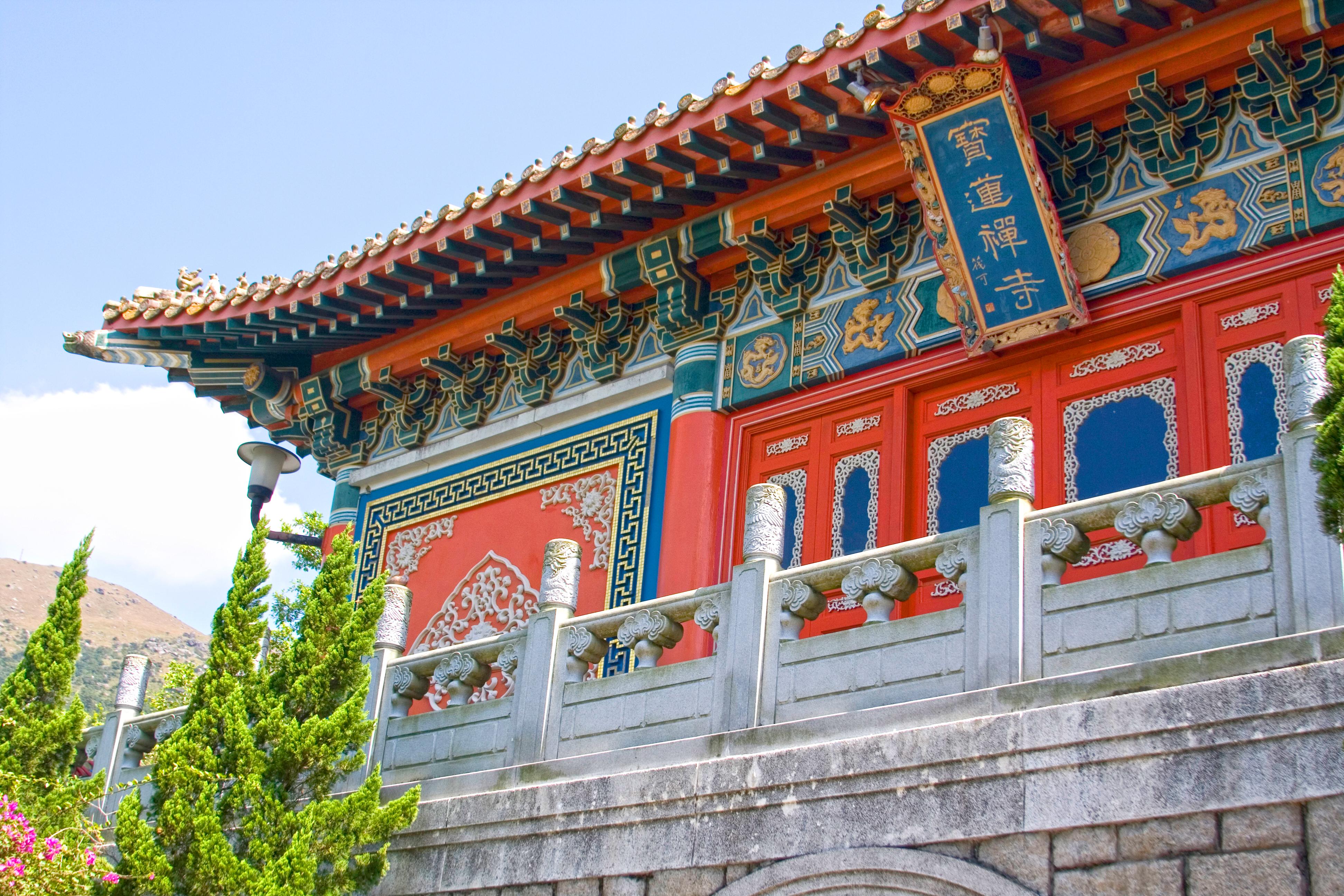
Still, the city is no myth. Hong Kong is a city of two halves: the tightly packed, vertically orientated, internationally minded business districts of Hong Kong Island, and the slightly grubbier, more chaotic, more traditionally Chinese districts of Kowloon just across Victoria Harbor. Though the once-stark differences between the two are beginning to collapse, each has its own unmistakable character and ambiance.
Head to Hong Kong Island and find yourself in the middle of the success story.
Hong Kong has more skyscrapers than anywhere else in the world (over 500 and counting — 200 more than New York City), and most of them are here.
Join office workers as they head home after work on the famous Mid-Levels escalators. Sway between shimmering skyscrapers on impossibly narrow double-decker trams. Gaze up at the vast, animated LED screens that have all but replaced the now old-fashioned neon tube signs. These are the trappings of Hong Kong’s non-stop, headlong dash into a future, but poke around and you’ll still find vestiges of its past: Hong Kong’s oldest wet market; a hole-in-the-wall herbal tea shop; a tiny, incense-cloaked shrine. Old-fashioned trinket shops still crowd around Man Mo Temple, where worshipers come to burn incense and have their fortunes told.
How long these remnants hang on between the glass-and-steel teeth of development is uncertain, but it’s an interesting aspect of Hong Kong’s modern culture that even its shiniest new buildings often make a nod to the past. Notice the high-rises with giant holes through their middles? Local legend has it that’s to allow the mountain dragons to reach the sea. The skyscraper topped with cannons? That’s to defend against bad feng shui. Colonial-era police stations have been turned into arts and heritage centers, and the walls of trendy boutiques have been daubed with murals depicting disappeared tenement houses. Old Hong Kong may be slipping away, but it hasn’t been forgotten.
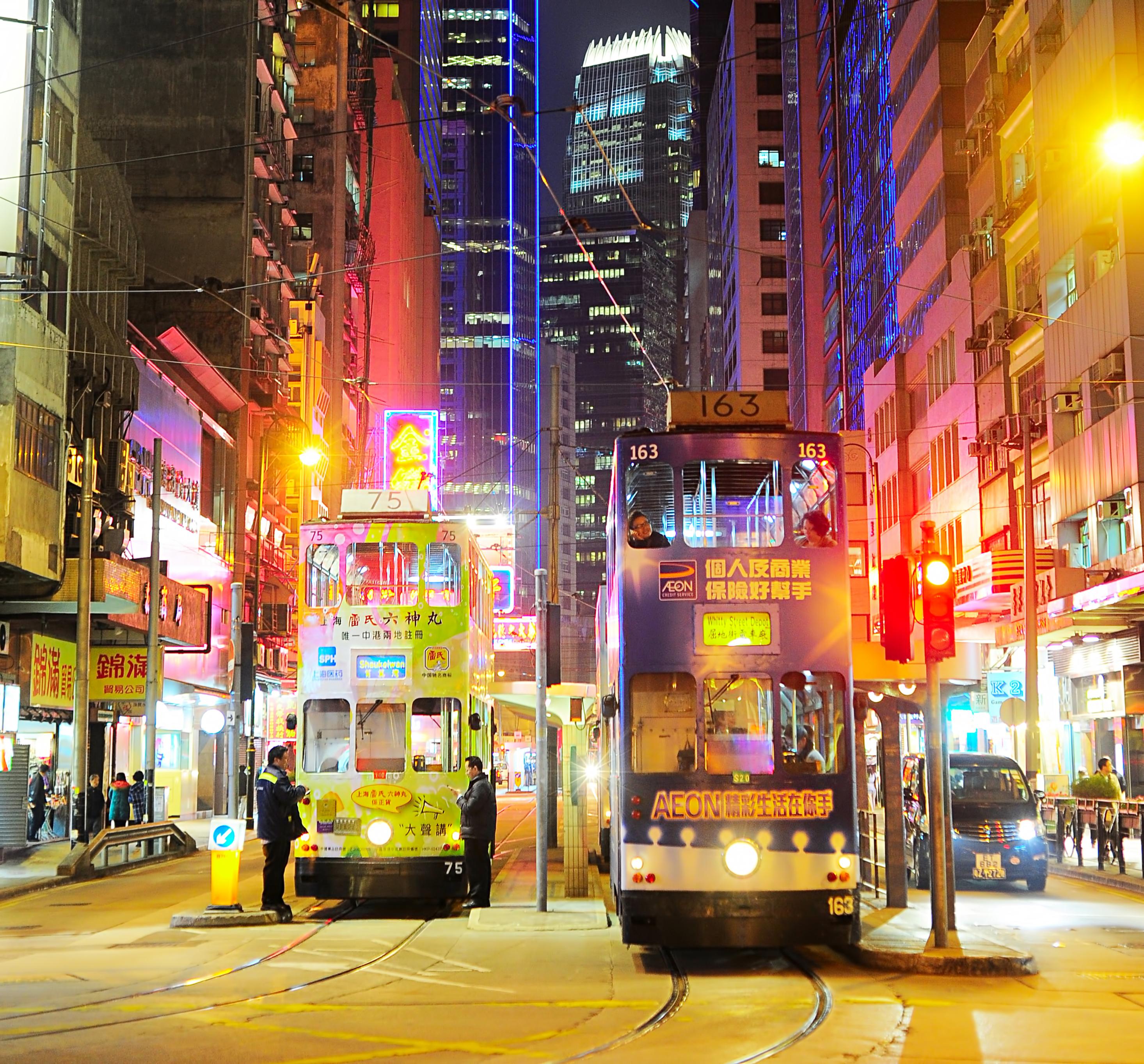
Just a few short minutes away, across Victoria Harbor, Kowloon is a different story.
Still all but synonymous with the Kowloon Walled City — that infamous, ungoverned enclave built on a former Chinese military fort and torn down in 1994 — Kowloon embodies the scrappy, self-sufficient, make-do-and-mend attitude on which old Hong Kong was built.
Today, the Walled City has given way to sky bars, contemporary arts spaces and department stores, but the spirit of old Hong Kong persists in every available space, like weeds forcing their way between paving slabs. Chungking Mansions is a perfect example. Once likened by The Economist to the Mos Eisley Cantina, this sprawling complex of cheap guesthouses, shady businesses, poky flats and greasy curry shops was the setting for Wong Kar-wai’s beloved and influential Chungking Express. With its vibrant multicultural cross-section and wheeler-dealer, under-the-table vibe, it offers a glimpse of an altogether grittier, grubbier side of Hong Kong — but one that many Hongkongers would agree is as vital a part of their identity as Confucian philosophy and Buddhist temples.
It’s not all as mad as Chungking Mansions, but Kowloon does have a certain hectic, cacophonous energy that will appeal to nostalgia-seekers. Hong Kong is famous for its malls — symbols of its economic prosperity — but Kowloon is really all about market culture. Everywhere you turn, streets with nicknames like “flower market road” and “sneaker street” hawk their signature wares, from birdcages and knock-off designer clothes to second-hand electronics, craft supplies, goldfish and jade.
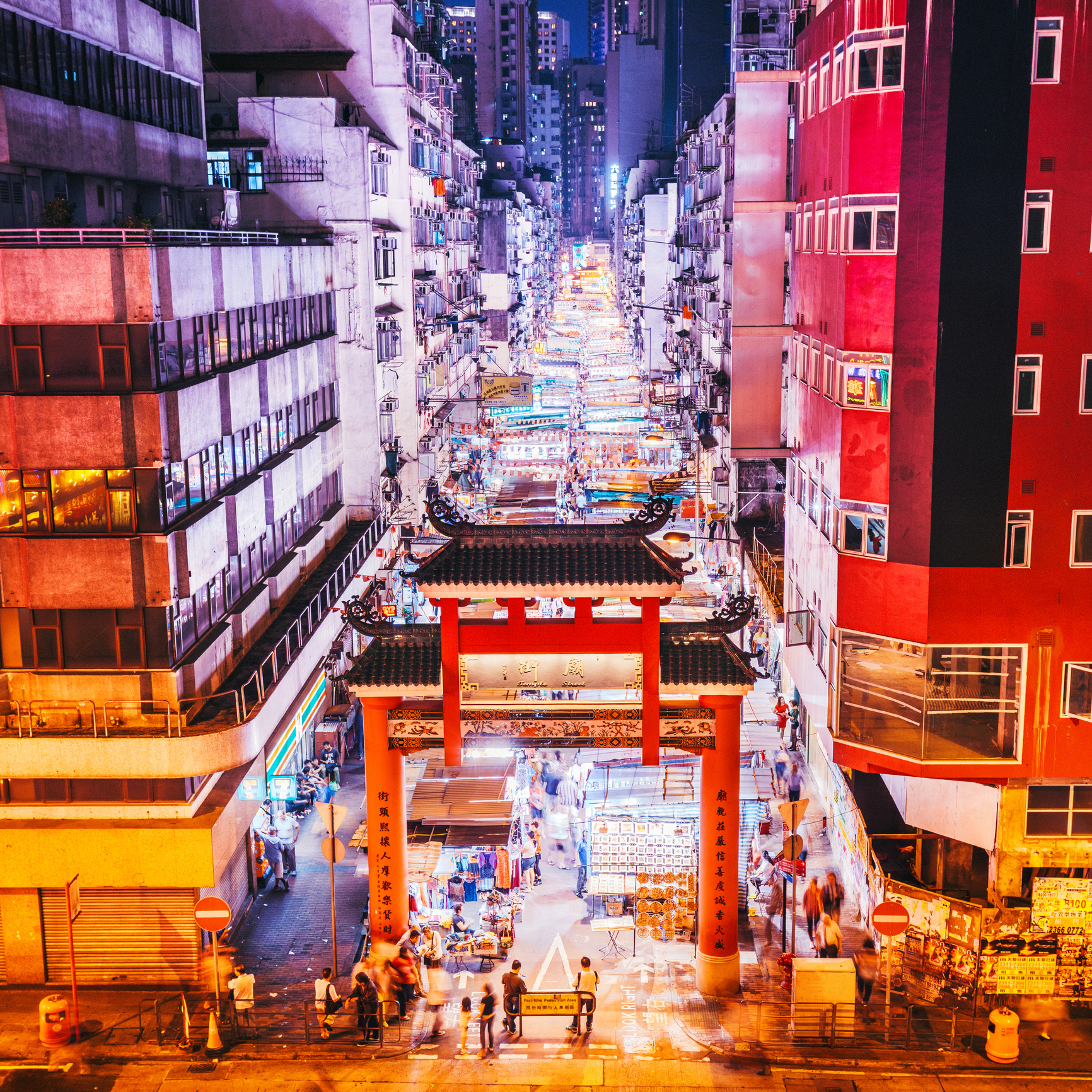
Crowded in between these streets are food booths churning out local favorites little changed over the decades. Curried fish balls, stinky tofu, and bite-sized dim sum treats, followed by eggette waffles, salt-baked quail’s eggs, charcoal-cooked chestnuts and deep-fried pig intenstine — all washed down with the city’s favorite beverage: tapioca bubble tea. And if you’re not quite ready for stinky tofu and intestines yet, don’t worry — Hong Kong has plenty of more approachable dishes. Get yourself to a cha chaan teng (Hong Kong-style café) for a milk tea, French toast and pineapple buns (just don’t sip the water — it’s for washing your cutlery). It may not have the Singapore’s international fame, but take our word for it — Hong Kong’s cuisine can give anywhere a run for its money.
Uniting this city of two halves — both metaphorically and physically — is the sea. Hong Kong means “Fragrant Harbor” in Cantonese (a reference to the sandalwood that first made Hong Kong a thriving port), and even today, everything revolves around the water.
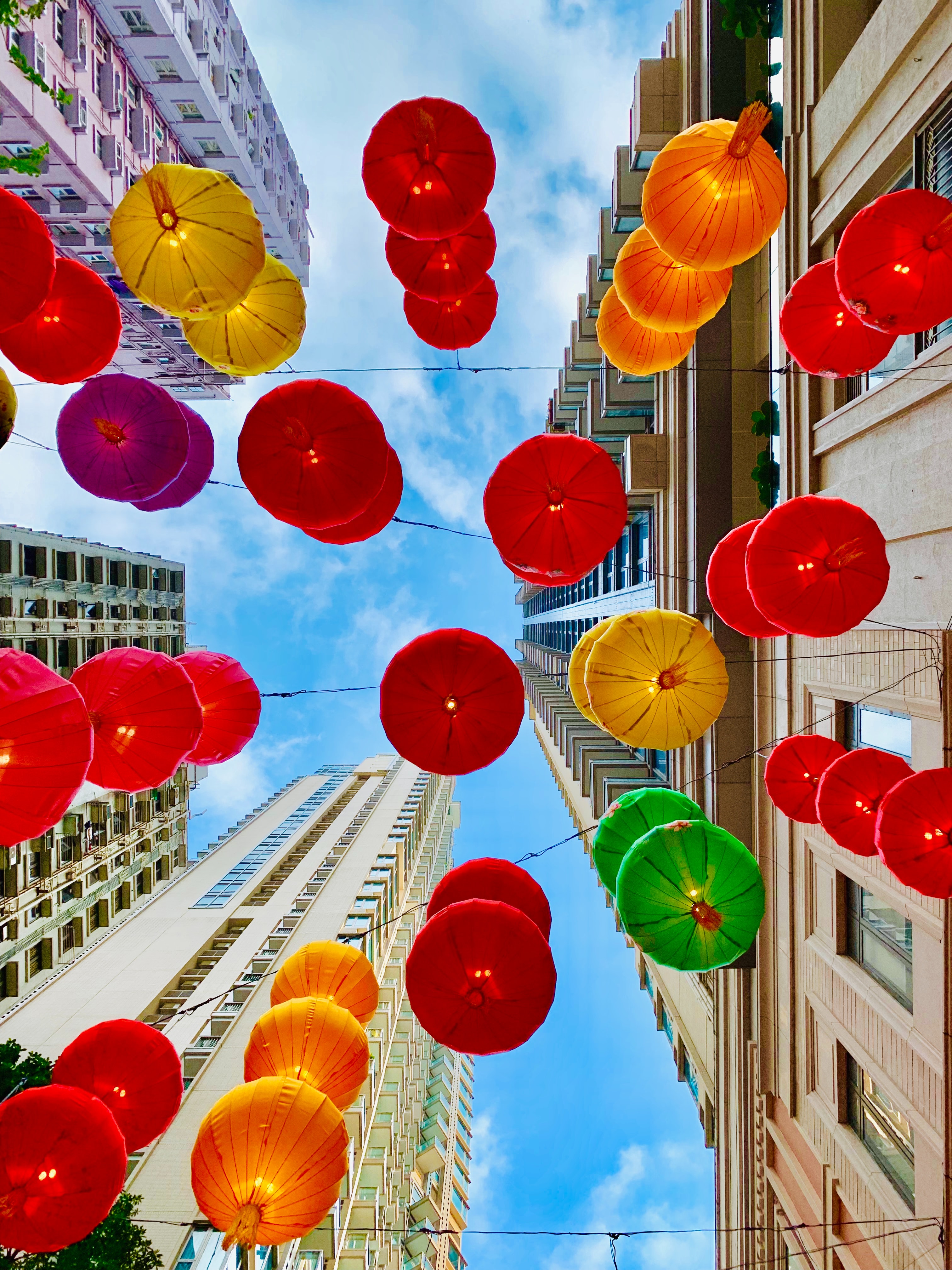
Take the Star Ferry between Hong Kong Island and Kowloon, with their two skylines facing off across the water, and you couldn’t possibly be anywhere else — right down to the sound of the noonday gun, fired every day since the 1860s (except during Japanese occupation). Then, cross to the other side of Hong Kong Island for a totally different experience: 600 junks bobbing on the water — home to Tanka and Hoklo “boat people” who run floating seafood restaurants, hold dragon boat races, and make offerings to the sea goddess Tin Hau. Even in the heart of Kowloon, where land reclamation has swallowed old shipyards and docklands, you can find a shopping center shaped like superyacht — and watch the harbor’s nightly light show from the comfort of a swanky sky bar.
Hong Kong may be tiny in size, but it’s huge in diversity, originality, and sheer rebellious spirit.
It’s unlike anywhere else in the world, and it’s proud of it. Whatever the next few years hold for Hong Kong, one thing’s for certain: it’s come too far to turn back. Its culture is too unique to be stifled, and its individual character too fixed to be denied. As Margaret Ng, a prominent democratic activist, puts it: it’s “David and Goliath, without the sling” — and that’s kind of chutzpah Hong Kong has in spades.
